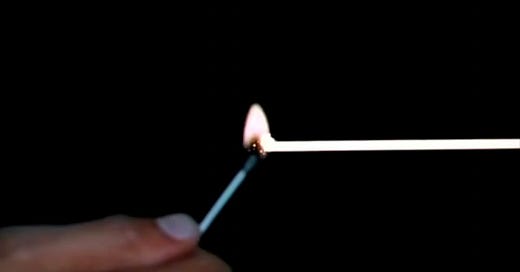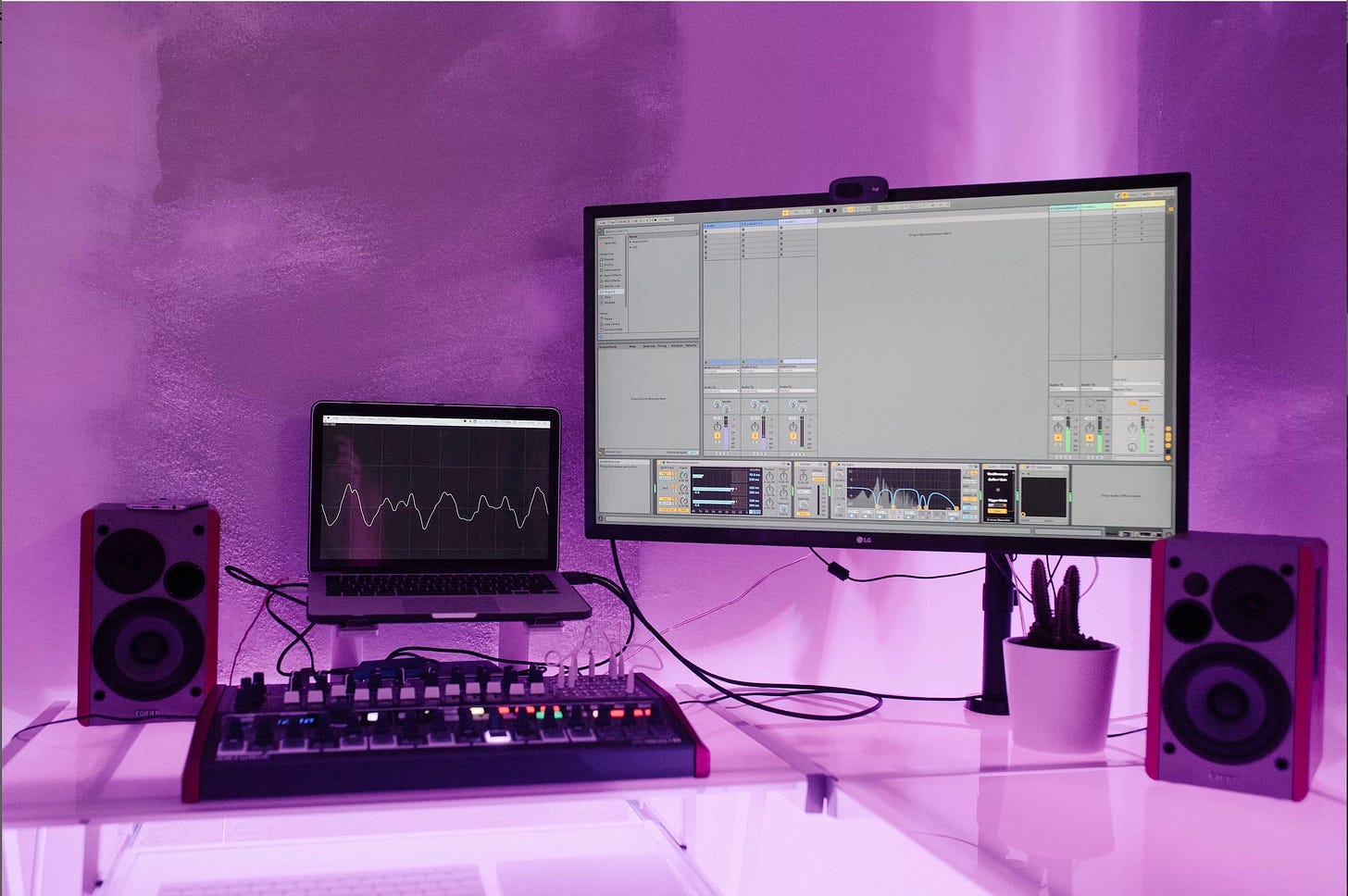What Do “The Addams Family,” “Mission Impossible,” “In the Heat of the Night,” and “Hawaii Five-0” Have In Common?
One musician played on all their soundtracks
For two decades, Carol Kaye was a mainstay of the popular music recording scene, covering a wide range of styles from commercial pop to rock and roll, samba, Motown, and more.
In Parts 1 and 2 of this series, I briefly touched on her biography and early career playing guitar and electric bass. Of course, with over 10,000 official recordings to choose from, we were only barely going to scratch the surface.
One interesting thing we learn from her later interviews is that, by the mid-1970s, Kaye already sensed that rock and pop were going flat. “Cardboard,” she calls it. For those of us who are fans of some of the great bands still to come, this may seem puzzling, but in fact, this was when industrial, formula-based songwriting was really starting to infiltrate popular music, including rock. (Here is an earlier article I published on this topic.)
The best rock bands wrote their own material and believed they had to play it, so the demand for session musicians was increasingly relegated to commercial pop and the next-tier bands.
While Kaye was becoming disenchanted with popular music's direction, there was no shortage of other opportunities. She was in demand for soul and jazz sessions, and early in her career, TV & movie producers had spotted her. So even as she cut back on rock and pop studio sessions, she kept busy playing TV and film scores. She would go on to do literally hundreds of them.
Whatever the setting, the work itself often involved material that was not particularly interesting or challenging. Kaye enjoyed looking for ways to add a little pizazz. In fact, her ear for interesting lines and her ability to improve vanilla arrangements was a major reason people hired her.
In one documentary, she discusses working with Sonny and Cher, figuring out how to make a dead-sounding rhythm line come to life. Just changing a few notes transformed “The Beat Goes On” into something that would become a hit. She brought the same knack to her work on TV and film scores.
If you grew up in America with a TV during the 60s, 70s, and 80s, Kaye played on your soundtrack. Here are some samples. Many of them are short; they aren’t classical masterpieces, but they are catchy and memorable, which was exactly what was needed.
“Uncle Fester’s Theme” from “The Addams Family” (1964)
Vic Mizzy had been a successful big-band leader in the 1940s and 50s. He transitioned into doing studio work for TV and film producers. The Addams Family became his best-known work in television. He wrote an entire suite of themes for all the characters, in addition to the iconic opening theme song with the finger snaps.
“Mission Impossible” (1966)
This series, which innocently glorified what we now call black ops, was the start of a huge franchise with several TV series re-boots, spin-offs, and several blockbuster movies. The theme is a true earworm and is often ranked as the second-best TV theme song ever. See below for #1.
Quincy Jones is a monument in the worlds of jazz, soul, and movie and television soundtracks. He was the first Black person nominated in each of several different Grammy categories and ended up producing the Grammys ceremony itself.
Carol Kaye has worked on numerous projects with Jones, including the full soundtracks to movies such as “Walk Don’t Run,” “In the Heat of Night,” and “The New Centurions.” He has called her the greatest bass player he ever worked with.
Here is “Happy Feet” from “Walk Don’t Run” (1966):
And then the title song from “In the Heat of the Night” (1967) featuring Ray Charles. Kaye had done several recordings with Ray Charles and considered him one of her favorite people to work with.
“Hawaii Five-0” (1968)
This is often ranked the greatest TV theme song of all time and is certainly the most covered. There were several re-boots of the TV series, each with its own version of the theme song, including one recorded by the London Philharmonic orchestra. There are also stand-alone covers because, hey, why not? The most famous cover, by the Ventures, became one of their biggest hits and was one of the masterpieces of “surf rock.”
The show itself was ahead of its time in many ways. Its villains were often morally complex, compared to the cartoonish bad guys in shows like Dragnet. While the two leads were white dudes, it was the first mainstream TV series with a largely minority cast. Best of all, the Asian and other non-white actors played serious people, not just caricatures.
…….
Sources:
“Carol Kaye: Session Legend Interview,” The Snapshots Foundation, 2014 (If you want to check out one single reference on this list, this is the one.)
“Carol Kaye” Ley Vaughn, NBC 17, 2014
“Carol Kaye — Most Heard but Least Known”, Blueline Entertainment, 2015
“The Beach Girl Behind the Beach Boys”, New York Magazine, 2016
https://www.vulture.com/2016/04/carol-kaye-sets-record-straight.html
“Carol Kaye about her famous (bass) guitar licks for Sam Cooke, Beach Boys and more”, Top 2000 a gogo, 2018
Official Carol Kaye website: https://www.carolkaye.com/
……..
Once again, thank you Brad Kyle for prompting me to take a closer look at Carol Kaye’s amazing career.






So cool to hear about the real musicians on our favorite songs. Carol is awesome!
Very special, Charles! Needless to say, thanks again for your thoughtfulness and generosity, but may I add due props for this step up....you coulda stopped with your previous peeks at Carol's work, but to recognize and focus on the soundtrack segment of her career was next-level! For that alone, take a bow...and, of course, for the wonderful pulling it all together in a clear and fun way!👏